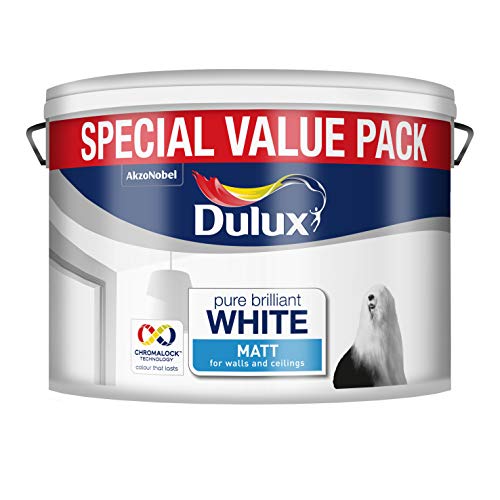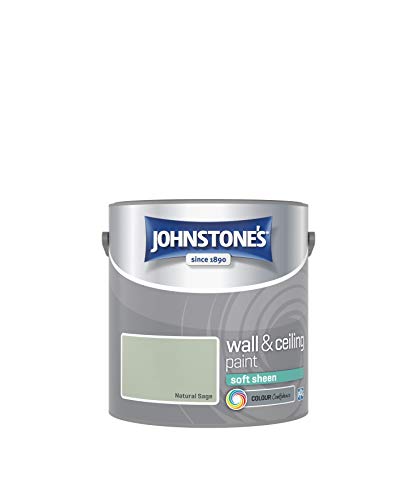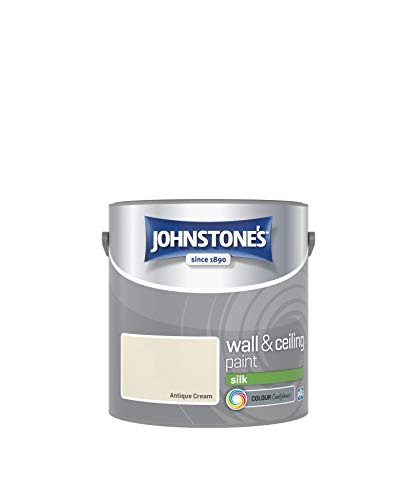Understanding Wall Paint Types: A Clear Guide to Finishes and Effects
Exploring Different Paint Finishes
When it comes to wall paint, the finish can dramatically affect the look and feel of your space. Here’s what we need to consider: a matte finish has a soft, velvety appearance and is great for hiding imperfections on walls, making it a popular choice for ceilings or less-trafficked areas. On the other hand, eggshell or satin finishes offer a slight sheen, making them easier to clean and more appropriate for living areas or hallways where scuffs may occur. Gloss finishes are highly reflective and perfect for areas that get a lot of wear and tear, like kitchens or bathrooms, as they not only add durability but also emphasize textures and architectural details. Understanding these finishes will help us strategically decide the right look for each room.
Special Effects and Decorative Techniques
Beyond basic finishes, there are also creative painting techniques we can explore. For instance, sponging creates a textured look that adds depth, while stencilling can introduce intricate patterns without the need for wallpaper. If we’re feeling adventurous, techniques like ombre or colour washing can provide a stunning visual impact. Each technique offers a unique way to express our personal style and can transform a conventional room into something extraordinary. Knowing these options allows us to envision what kinds of effects we want to achieve in our home.
Selecting the Right Colour: Tips for Harmonising Your Space
Understanding Colour Psychology
The colours we choose for our walls not only impact the aesthetic of our spaces, but they also influence our mood and emotions. For a calming effect, consider soft hues like light blues and greens, which can create a relaxing atmosphere, perfect for bedrooms or reading nooks. Conversely, if we’re looking to energise a space, vibrant colours such as yellows or oranges can provide bursts of positivity, ideal for kitchens or playrooms. By understanding colour psychology, we can make choices that enhance our overall living experience.
Creating a Cohesive Look
As we select colours, it’s crucial to think about how they harmonise with our existing decor. A well-coordinated scheme can enhance the flow of our spaces. We might consider choosing a primary colour for the main areas of our home, then introducing complementary shades in accent walls or decorative elements. Using tools such as colour wheels can aid us in pairing colours that work well together, ensuring a balanced and cohesive look throughout our home.
Application Techniques: How to Achieve Professional Results at Home
Preparing for Your Painting Project
Before we dive into painting, preparation is key for a smooth finish. We need to ensure that our walls are clean and free from any dust or flaking paint. A good practice is to fill in any holes or cracks with appropriate fillers and sand down the surfaces for an even application. Additionally, laying down drop cloths can prevent damage to our floors and furniture, making our project less stressful to execute.
Mastering the Painting Process
When it comes to applying paint, using the right tools can make a significant difference. For walls, we recommend using a roller for large areas and a brush for corners and edges to achieve that professional look. It’s essential to apply at least two coats of paint for uniform coverage, allowing adequate drying time between applications. Taking our time and being careful during this phase will ensure that our finished walls look flawless and inviting.
Eco-Friendly Options: The Benefits of Choosing Sustainable Paints
Understanding Eco-Friendly Paints
Selecting eco-friendly paints can reduce our carbon footprint while still achieving beautiful results. These sustainable options often have lower levels of volatile organic compounds (VOCs), making them safer for our indoor air quality. Choosing such paints can provide peace of mind, knowing we’re contributing positively to the environment while keeping our spaces healthy for our families.
Exploring Non-Toxic Options
There are various non-toxic paints available now that boast an array of colours and finishes, without the harmful chemicals often found in traditional paints. By investing in these products, we can create a safe and healthy home environment. Additionally, many eco-friendly brands are dedicated to sustainable production practices, meaning our choices result in a direct positive impact on the planet.
Budgeting for Your Project: Smart Tips for Sourcing Quality Wall Paints
Setting a Realistic Budget
Before embarking on our painting journey, we should establish a clear budget. This budget should include not just the cost of paint itself, but also necessary tools like brushes, rollers, painter’s tape, and drop cloths. By planning ahead, we can avoid overspending and ensure we have everything we need for a successful project while leaving room for any unexpected expenses that may arise.
Finding Quality Paint at the Best Prices
To maximise our budget, we can explore various retailers for the best deals on paint. Checking out local hardware stores, specialty paint shops, and large home improvement chains will allow us to compare prices and quality. Additionally, keeping an eye out for sales or discounts can lead to significant savings. By doing our research and shopping strategically, we can find quality products without breaking the bank.































